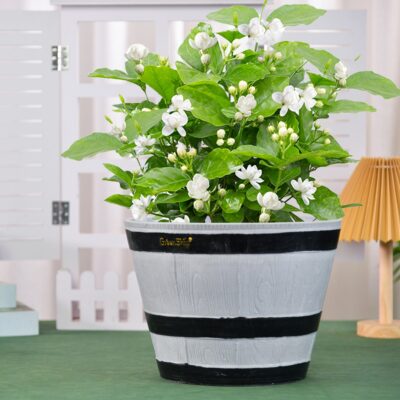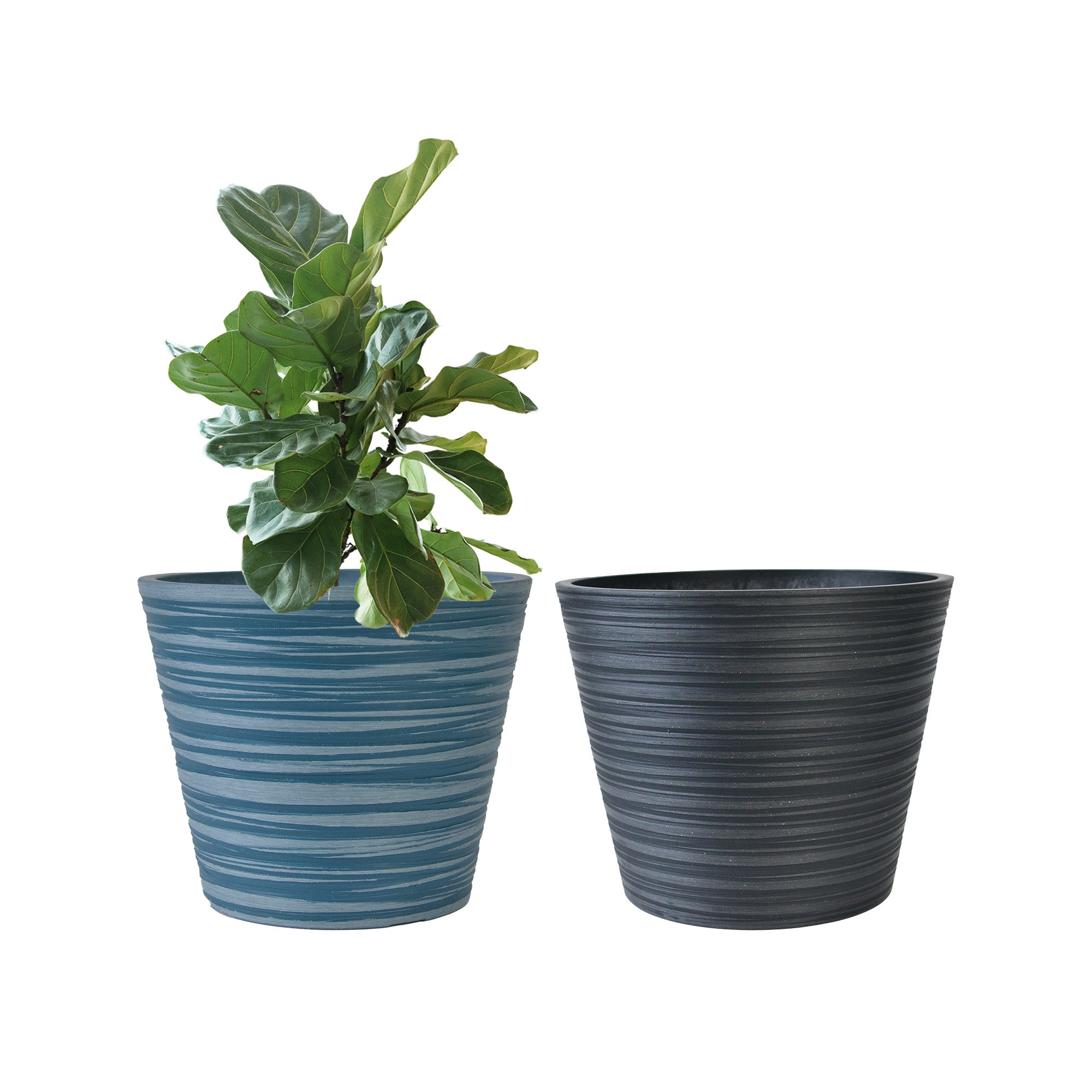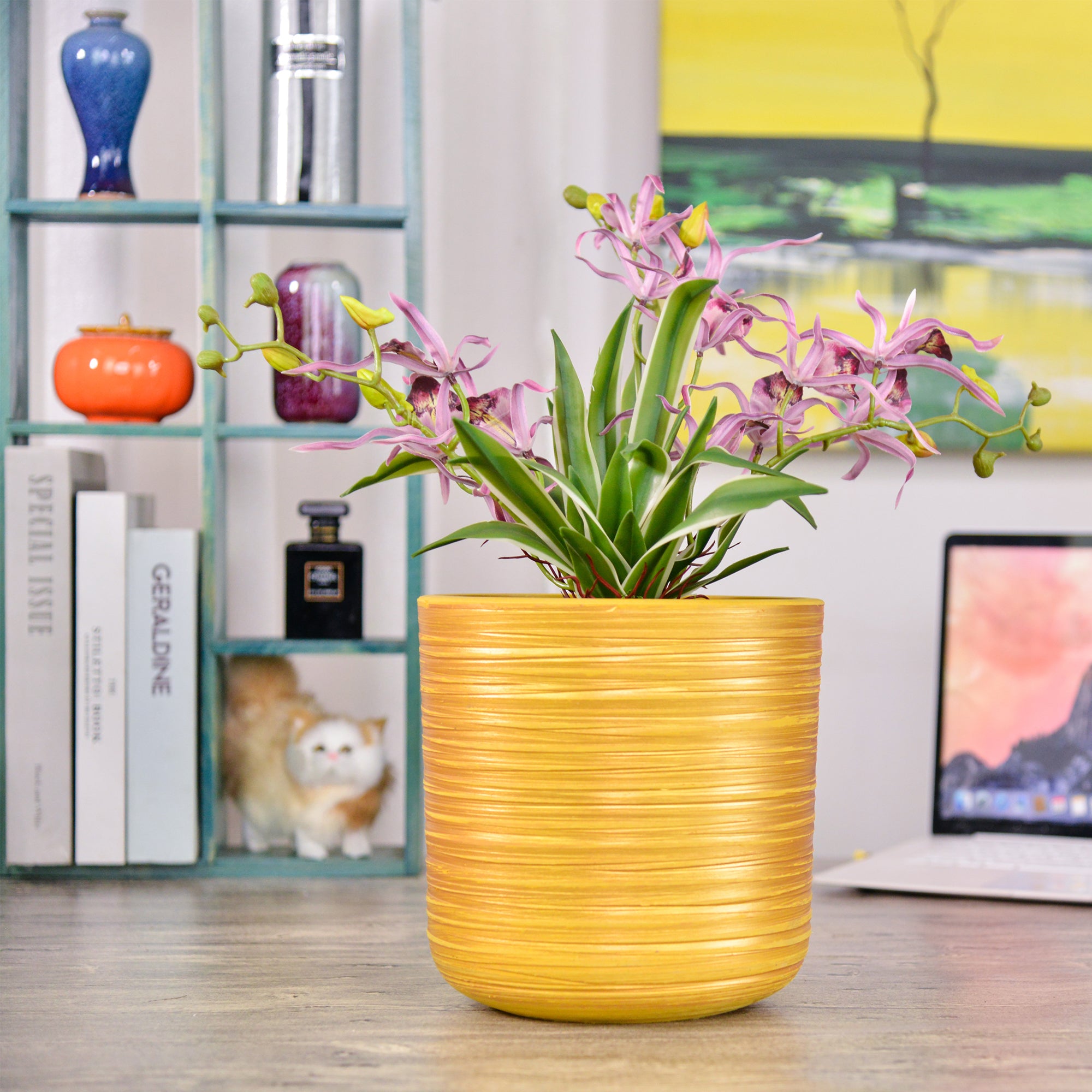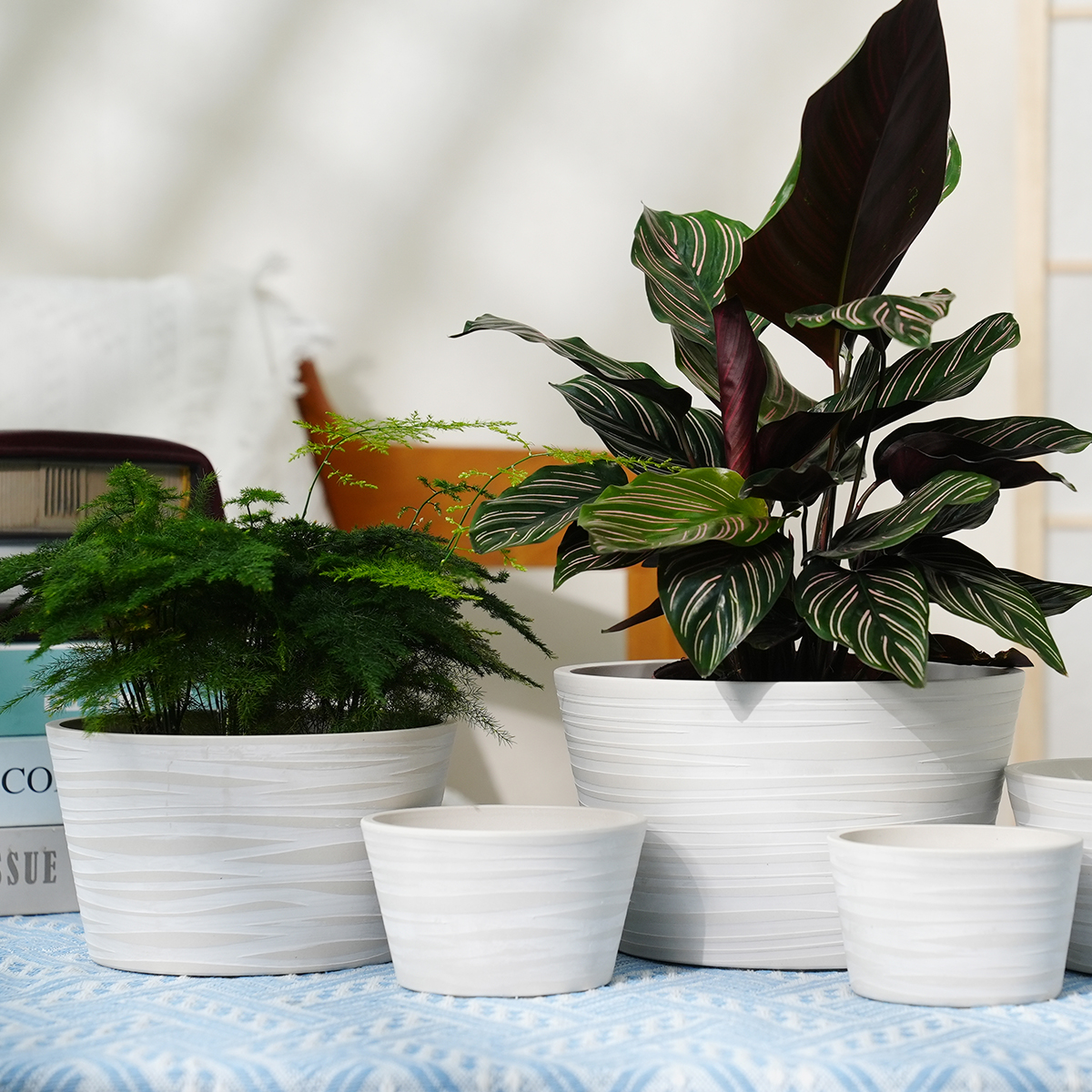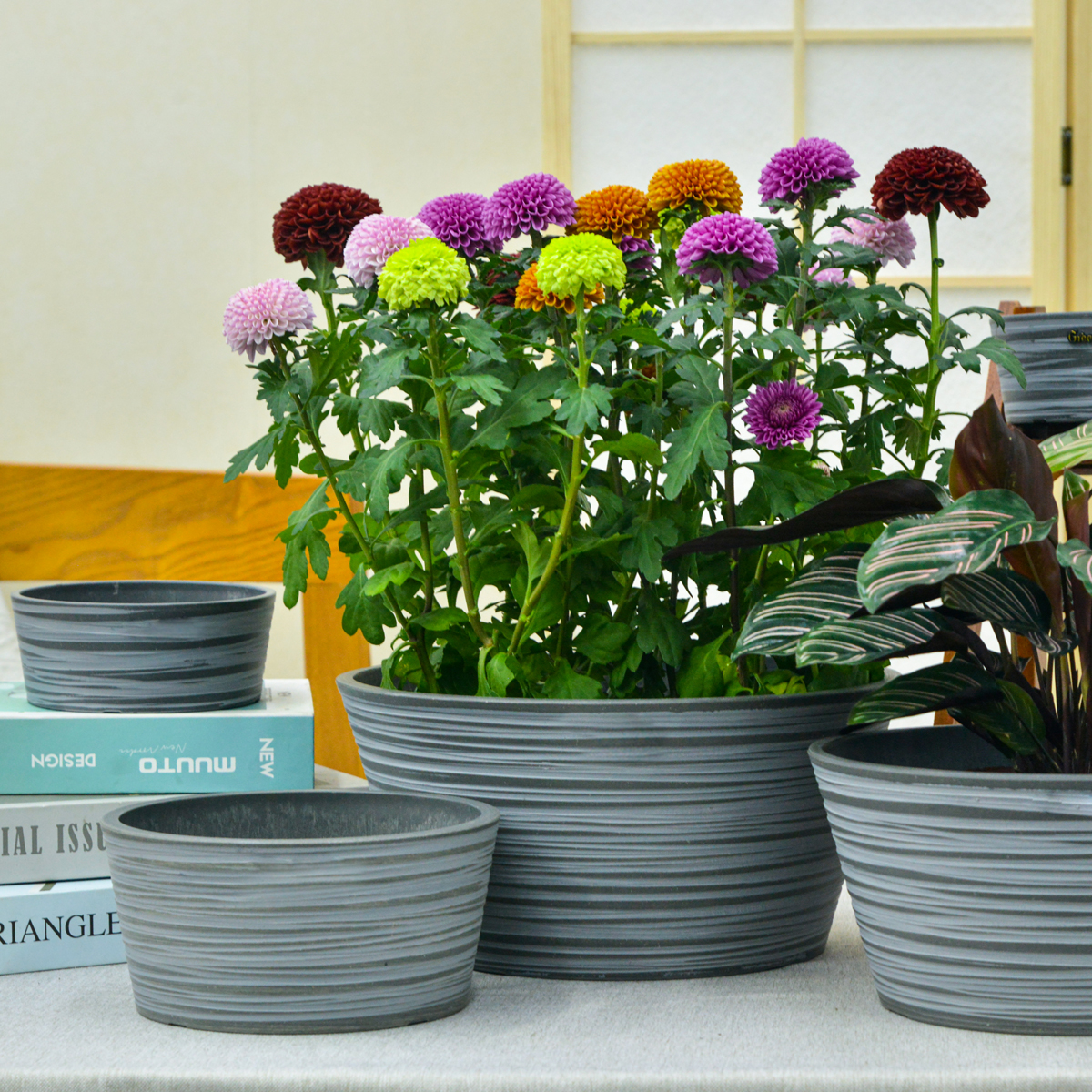How to Choose the Right Pot and Planter Size for Your Plants
When it comes to growing healthy, thriving plants, choosing the right pot or planter is just as important as sunlight and water. Using the wrong container size can restrict root growth, lead to overwatering or underwatering, and ultimately stunt your plant’s development.
In this guide, we’ll walk you through how to pick the right pot or planter size based on your plant’s type, size, and growth needs—so your green friends can truly flourish.
Why Pot Size Matters
Plant pots are more than just decorative items. Their size directly affects:
Root development
Water retention and drainage
Air circulation to the roots
Overall plant growth
Using a pot that’s too small can lead to root binding, while a pot that’s too large might cause root rot from excess moisture.
General Pot Sizing Rules
1. Start with the Current Plant Size
As a rule of thumb:
For small plants (less than 6 inches tall), a 4–6 inch pot is usually enough.
Medium plants (6–12 inches) do well in 6–10 inch pots.
Large plants (over 12 inches) may need 12–16 inch pots or larger.
2. Choose 1–2 Inches Larger for Repotting
When repotting:
Go up 1–2 inches in diameter for smaller pots (under 10 inches).
Go up 2–4 inches for larger pots (over 10 inches).
Too big a jump in pot size can overwhelm the plant and cause moisture issues.
Match Pot Type to Plant Type
Succulents & cacti: Prefer shallow pots with excellent drainage.
Herbs: Do well in medium-depth containers with consistent watering.
Vegetables: Tomatoes, peppers, and squash need deep pots (at least 12 inches deep).
Indoor foliage plants: Choose pots based on mature size and water needs. For example, monsteras and fiddle leaf figs require larger, deeper pots as they grow.
Consider Pot Materials
Plastic: Lightweight, retains moisture well, affordable.
Terracotta/clay: Breathable, reduces root rot, but dries out quickly.
Ceramic: Stylish, durable, but heavier and can be pricey.
Fabric grow bags: Great for air pruning roots and good drainage.
Pick a material based on your environment, watering habits, and plant type.
Drainage Is Non-Negotiable
Always make sure your pot has a drainage hole. If your favorite decorative pot doesn’t have one, use it as a cachepot (a pot cover) and place a functional nursery pot inside.
Final Tips for Choosing the Right Planter
Don’t overcrowd multiple plants in one pot unless they have the same watering and light needs.
Monitor root health—if roots are growing out of the drainage holes or circling the pot, it’s time to upsize.
Remember that a bigger pot doesn’t always mean better; it’s about balance.
GreenShip 27inch Tall Planters for Porch, Large Outdoor Planter Pots with Drainage Hole
By greenship-seo|2025-04-10T06:27:21+00:00April 7, 2025|Categories: Hand-carving Series|Tags: Decorative Flower Pots|
Planter 5 in W / 8 in W / 12 in W or Indoor Outdoor Plants, Modern Decorative Plant Pots with Drainage Hole, Decorative Flower Pots
By greenship-seo|2025-04-10T06:37:58+00:00January 16, 2025|Categories: Hand-carving Series|Tags: Decorative Flower Pots|
Modern Plant Pots丨Planter for Indoor Plants,8 inch or 10 inch Plant Pots with Drainage Hole,Decorative Flower Pots
By greenship-seo|2025-04-10T08:32:55+00:00January 7, 2025|Categories: Hand-carving Series|Tags: Decorative Flower Pots, Self-Watering Pots|
11TH
By greenship|2024-08-13T02:50:25+00:00August 13, 2024|Categories: Hand-carving Series|
HS
By greenship|2024-08-13T06:45:17+00:00August 13, 2024|Categories: Hand-carving Series|
11THD
By greenship|2024-08-13T02:52:20+00:00August 13, 2024|Categories: Hand-carving Series|


